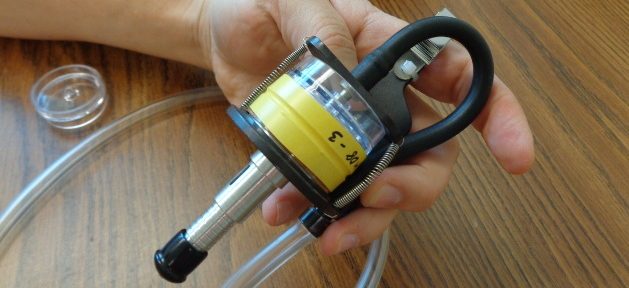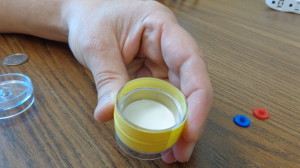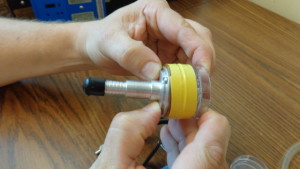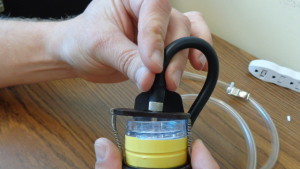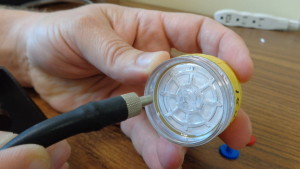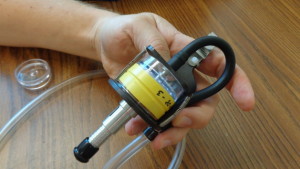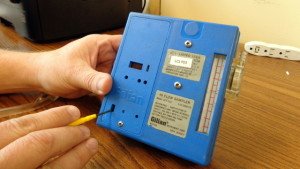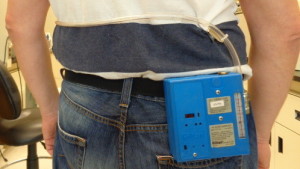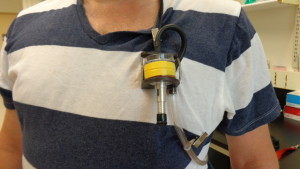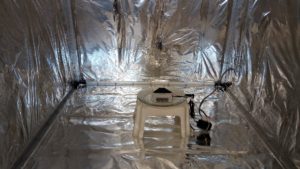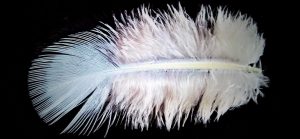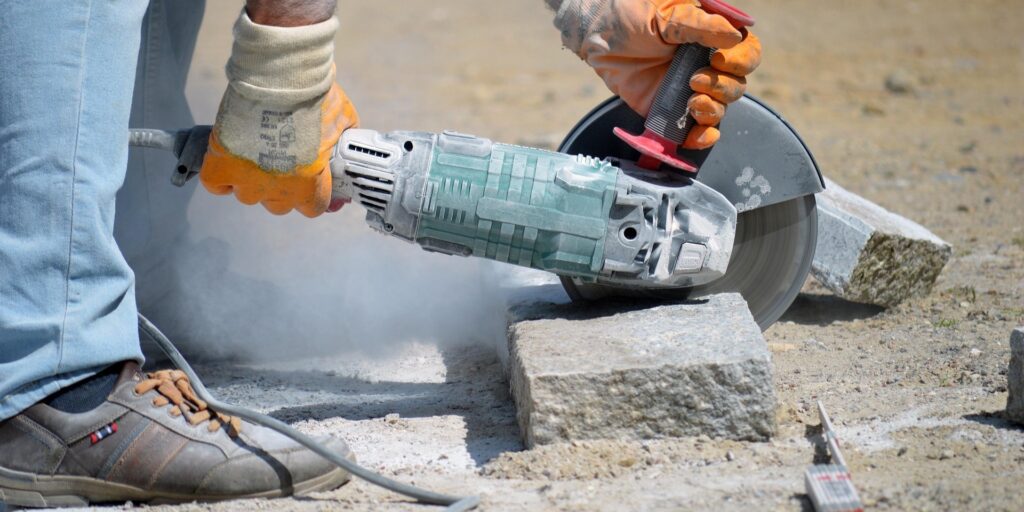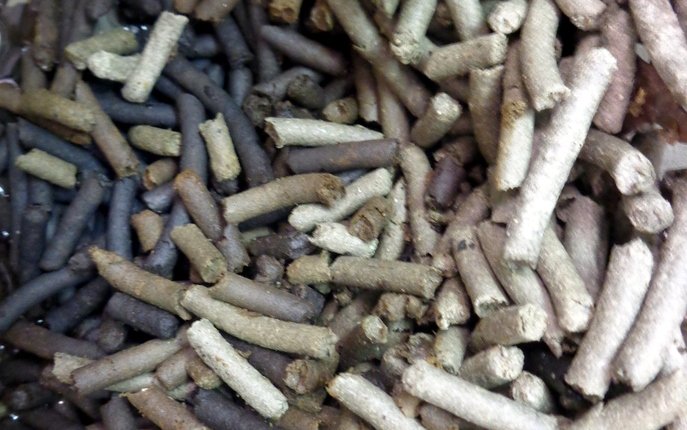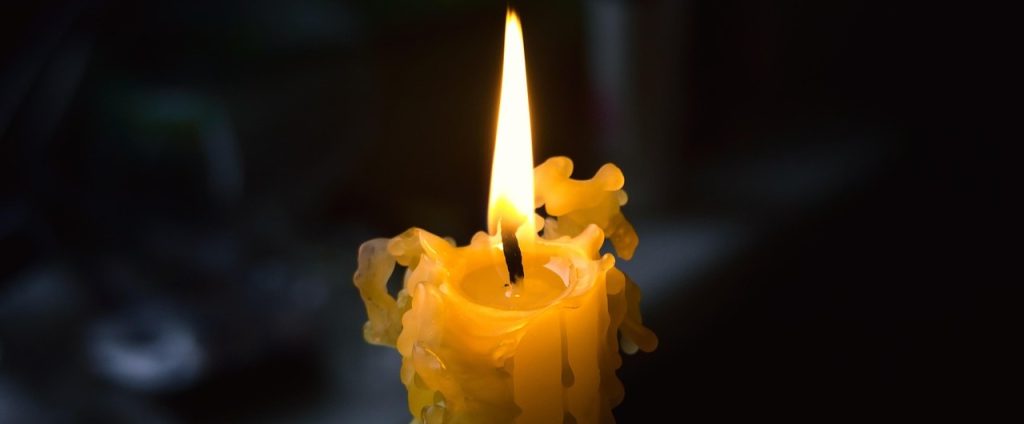LCS Laboratory is a leading Canadian Health and Safety testing laboratory. We offer rental equipment, sampling heads, cyclones, media, and laboratory testing of Industrial Hygiene samples.
In this article we want to explain how to assemble sampling train to collect respirable dust using aluminum cyclone. For this project we will send you a portable air sampling pump calibrated at 2.5 L/min, tubing with attached cassette holder, 37 mm cassette, and aluminum cyclone. You will also need a cassette opener, flat screwdriver, or a coin.
Remove 2 stoppers from the inlet and outlet side of the cassette. The picture above shows the inlet side (top side). Word “INLET” is embossed on the plastic. Use a cassette opener, small screwdriver, or a coin to pry and open the inlet. Remove the inlet part completely and put it aside. You will need it again later to close the cassette for return shipping.
Now, when the cassette is open, insert aluminum cyclone into the cassette. If cyclone “does not fit” the cassette, do not force it in. This happens because of excessive friction between rubber O-ring of the cyclone and plastic body of the cassette. Use damp napkin to wipe the O-ring, this simple procedure “lubricates” O-ring and the cyclone easily slides into the cassette.
Insert cyclone with attached cassette into cassette holder. Align a centering pin of the cyclone with a matching hole on the holder. Feed the connector through the support plate of the holder and insert it into the OUTLEt side of the cassette.
Picture on left side shows the OUTLET side of the cassette and matching connector (cassette holder is removed from the picture for presentation purposes). Your assembly is ready.
Connect free end of tubing to the pump. Now the entire sampling train is ready. Turn on the pump using on/off switch on the front panel.
Hang the pump on worker’s belt, and clip the cassette holder with the cyclone on his chest. Note: cyclone is pointing down. You are ready to collect a sample.
Please contact us if you need air sampling equipment or laboratory testing of your samples.

